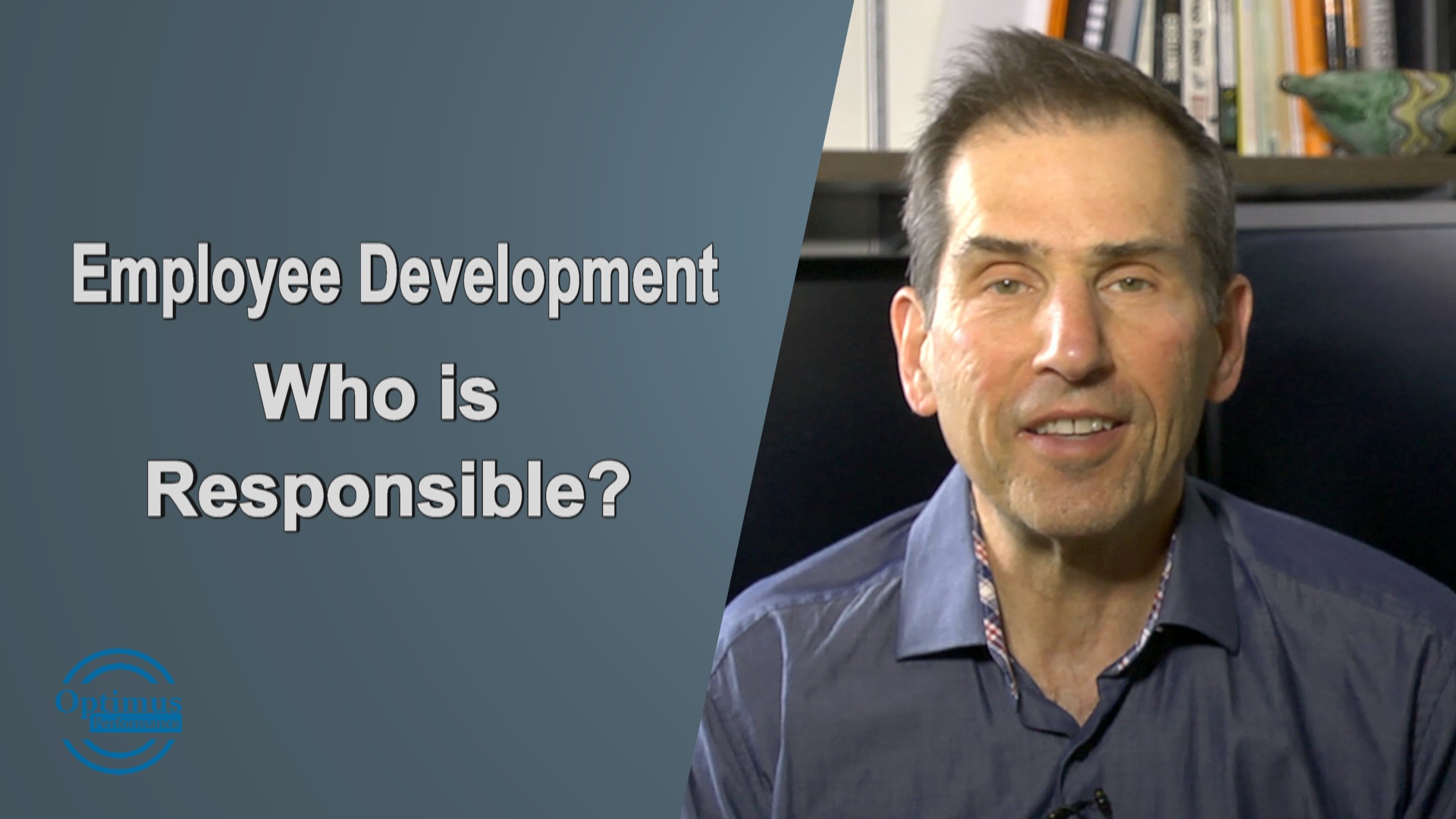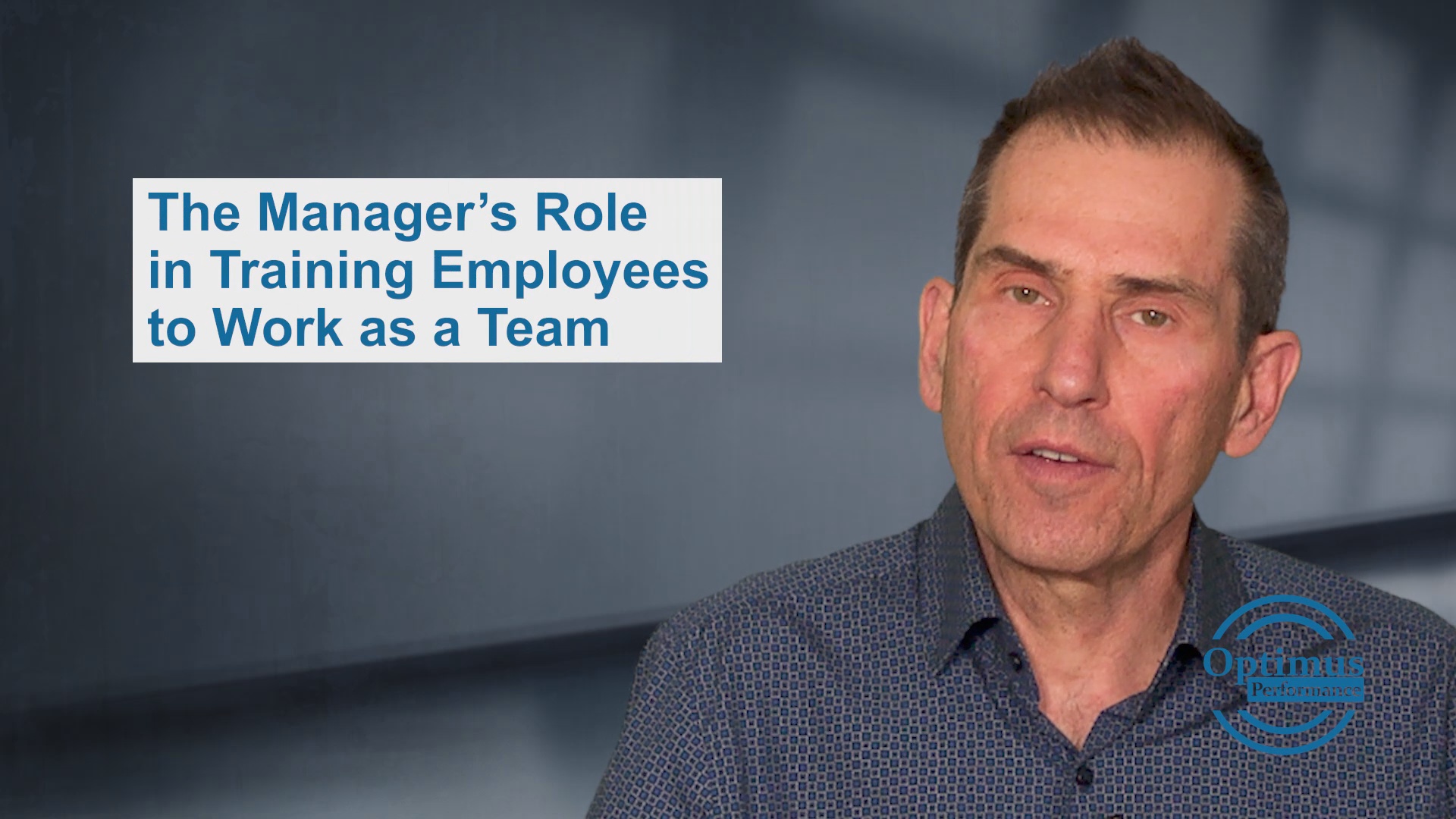Are Employees Responsible for their own Personal Development? Watch the video to learn more.

Are Employees Responsible for their own Personal Development? Watch the video to learn more.

Lack of Disagreement in Team Meetings is a Problem for Team Performance
The main purpose of team development is to have employees work together harmoniously to improve work performance and contribute to innovation and continuous improvement. For this to happen team members must have meetings to discuss solutions to problems and look for ways to improve products, services and processes.
One of the problems that inhibit team from being effective and progressing in their development is lack of disagreement in team meetings. This is especially common in newly formed teams or for organizations that are shifting from an autocratic style of leadership to a participative.
Why would you want disagreements in team meetings if you want people to work together harmoniously? Lack of disagreements means that people are not voicing their ideas and opinions. Thus, there is limited discussion and challenging of the status quo.
People may be reluctant to challenge ideas for fear of conflict. They may not see conflict as positive and thus avoid disagreement. Also, the team may not have expected risk taking and frank speaking to be a part of teamwork.
To resolve this the team needs to develop a team constitution that includes the need for disagreement and that team members are expected to speak frankly without penalty.
Leadership should also provide training to team members in conflict resolution and active listening.
Promoting open discussions in team meetings where members feel safe to express their ideas and challenge others is crucial to build effective teams that contribute to continuous improvement and find innovative solutions to problems.

Can you create a recipe for employee training based on your best employees? It seems that is what the restaurant chain the Cheese Factory does to improve employee training and performance.
It appears to work the Cheesecake Factory, but will it work for you? Watch the video to learn more.

The Manager’s Role in Training Employees to Work as a Team
The manager is responsible to train employees to work as team. The manager cannot take it for granted that assembling talented people in the department will result in teamwork. There are essential skills that team members need to learn and develop for the team to move through the four stages of team development.
The purpose of teamwork is for teams to function more autonomously and take on higher level responsibilities such as problem solving, process improvement, innovation and even certain management functions such as hiring new team members.
The manager must give the training or work with internal or external resources to provide the training. The four clusters where team members require training are:
The manager or supervisor needs to provide the training for the skills described above, otherwise the team cannot continue to evolve and engage in taking more initiative and becoming more autonomous.